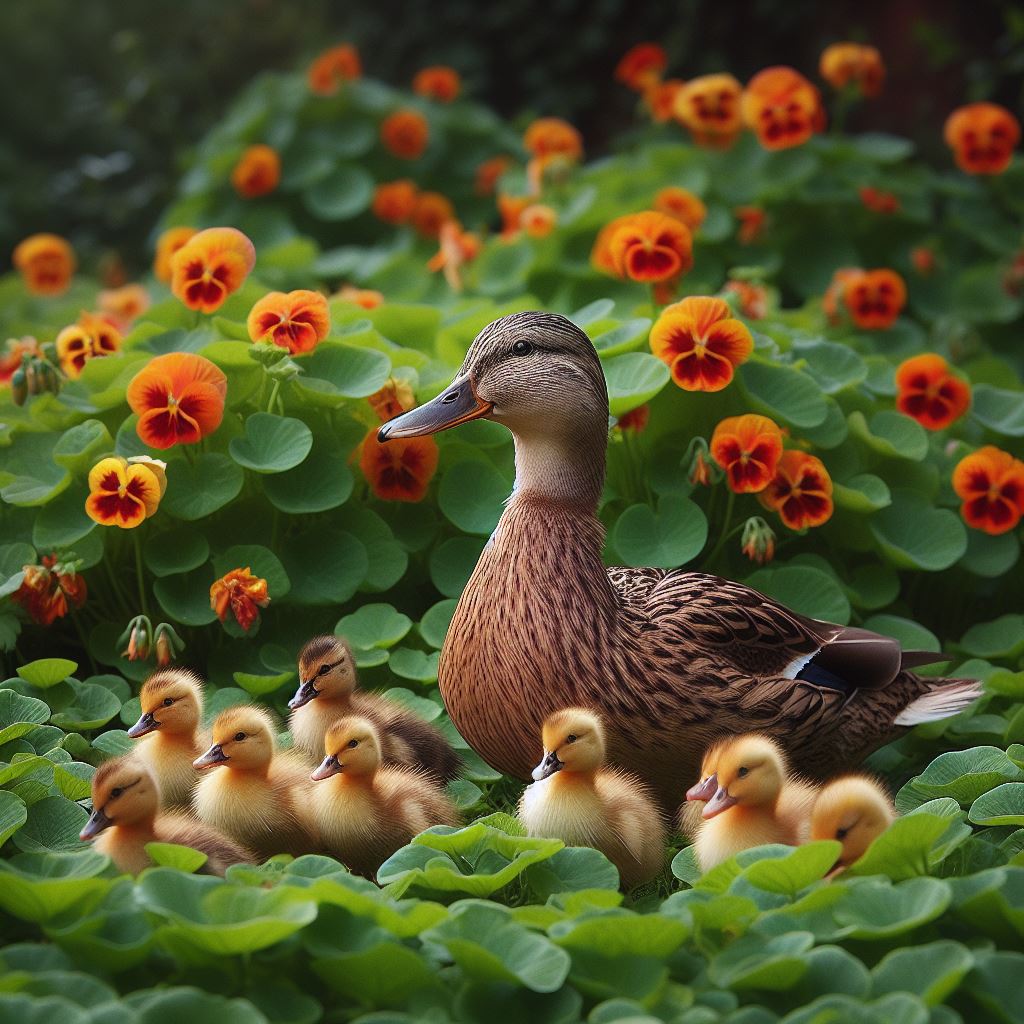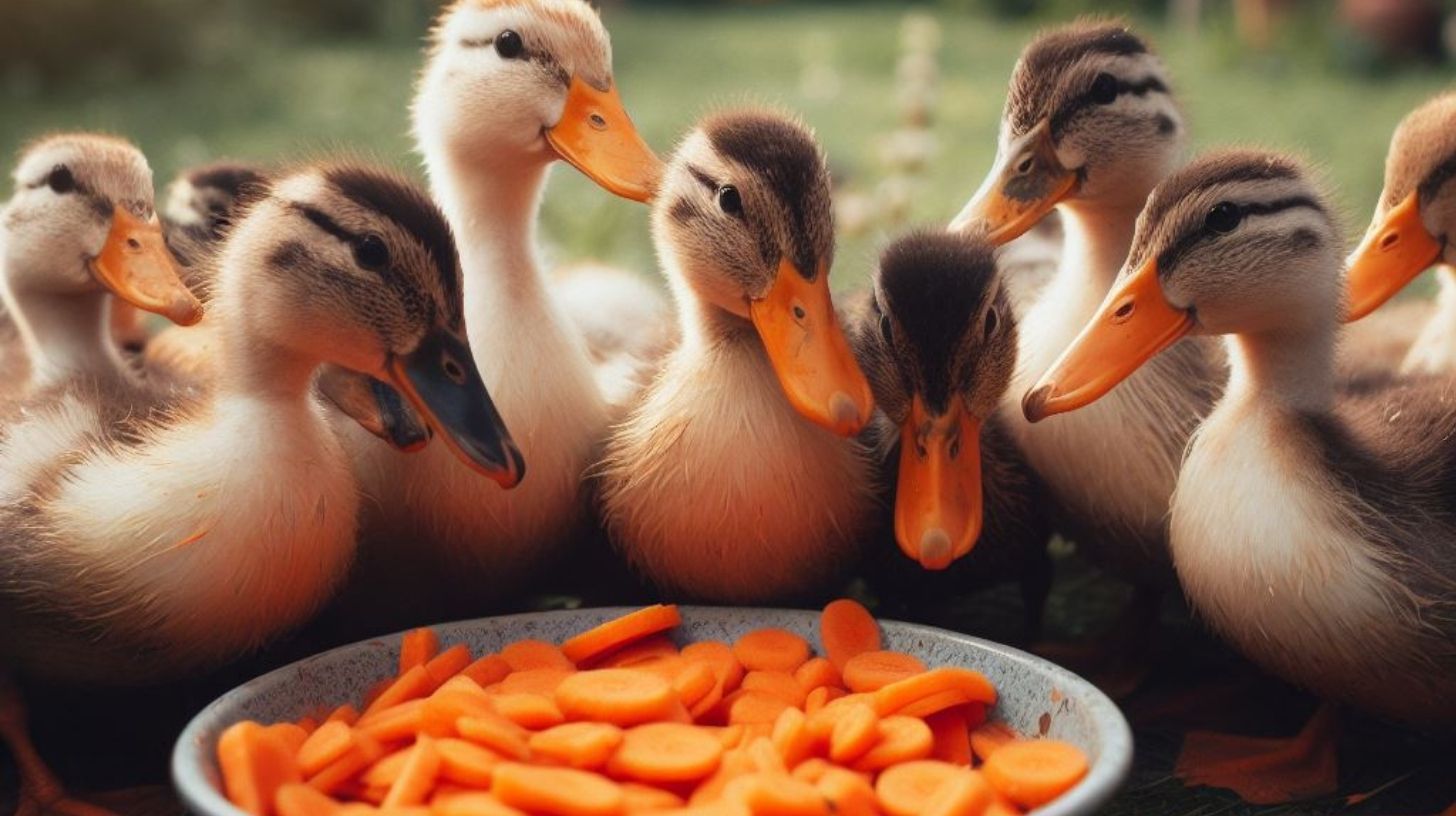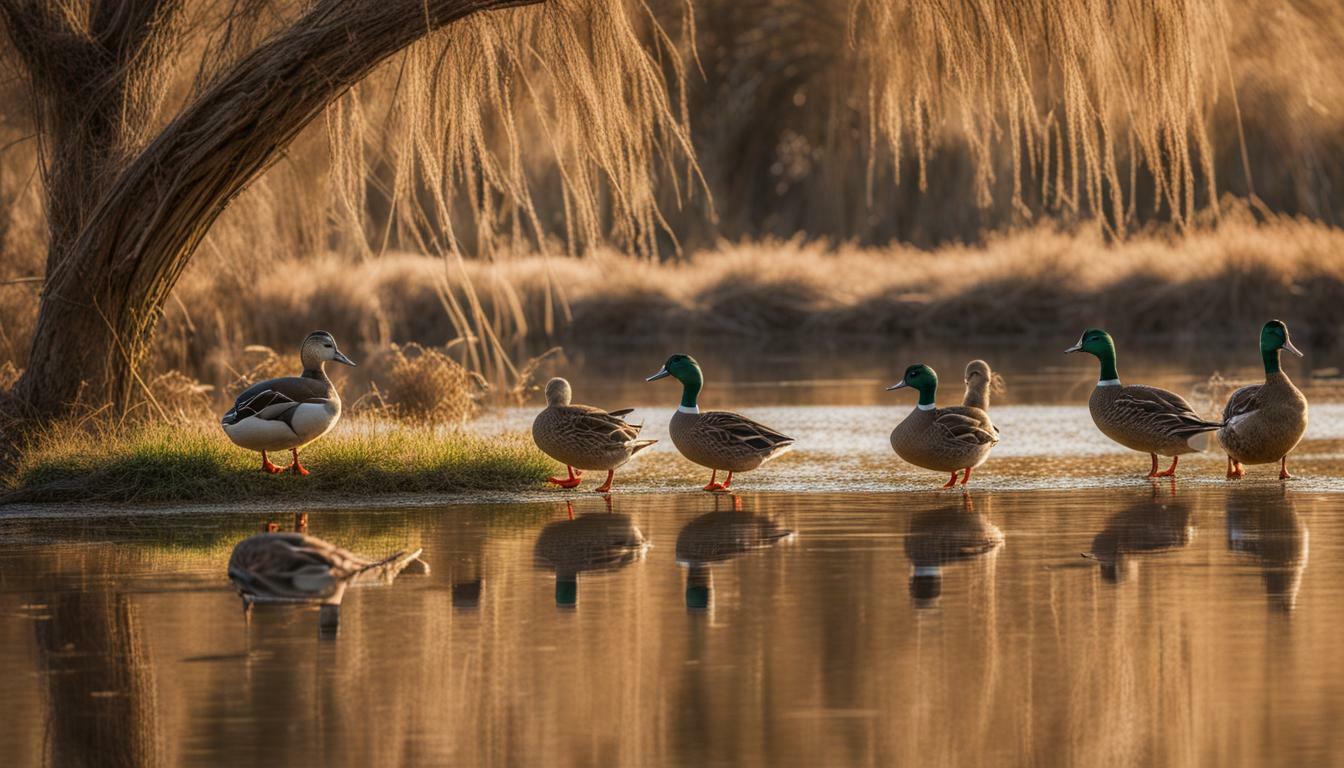Can Indian Runner Ducks Fly? The Surprising Answer
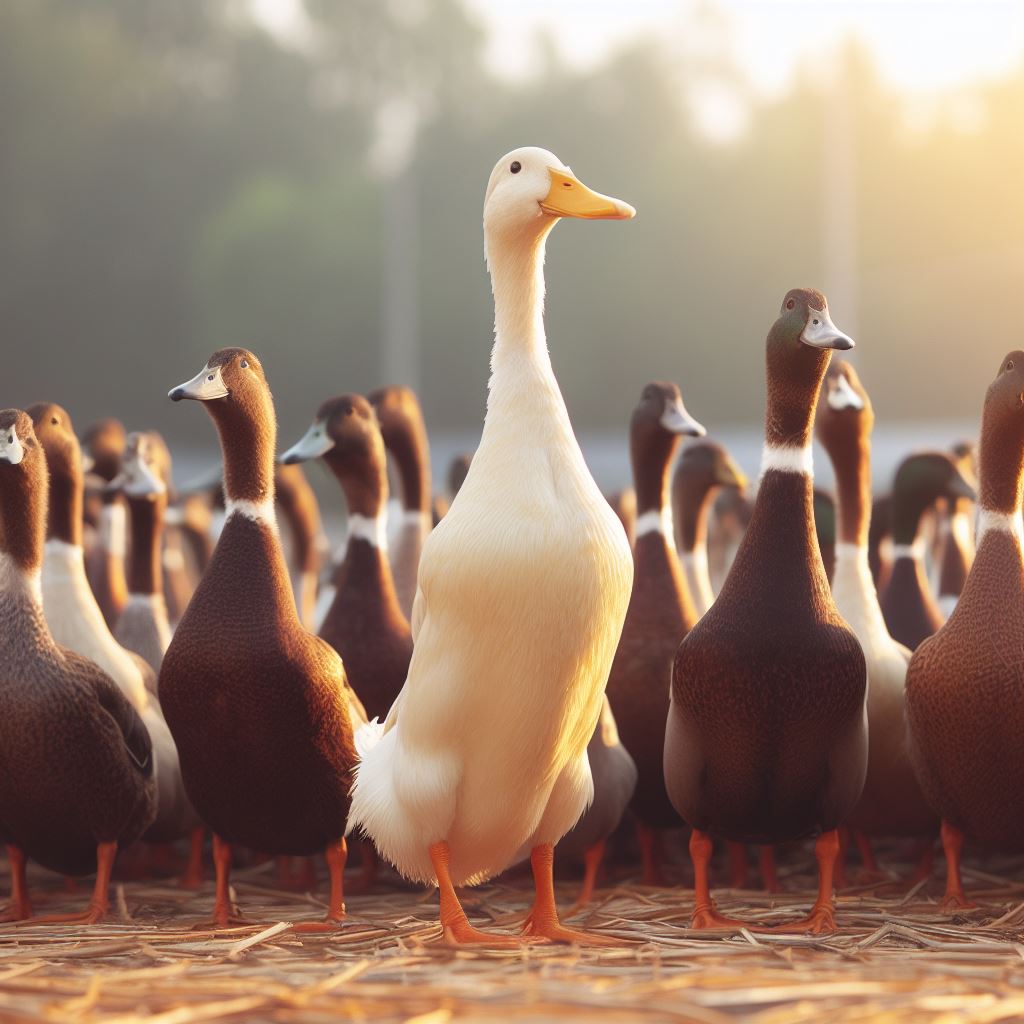
Table of content:
Indian Runner ducks are a unique breed of domesticated waterfowl known for their tall, upright stance and ability to run rather than waddle. Their distinctive body shape and behavior have led some to affectionately call them “penguin ducks.” But despite their unusual characteristics, Indian Runners are still ducks – so an interesting question arises Can Indian Runner Ducks Fly?
The answer is No. Their small wings and light bodies lack enough power and lift for sustained flight. Their small wings, muscle composition, and evolutionary adaptations have traded aerial skill for optimization as premiere land-loving ducks.
Indian Runner ducks trace their origins to the East Indies, where they were kept for pest control, egg production, and meat. British breeders first imported them in the 19th century and they arrived in North America in the early 20th century.
Today, Indian Runners are kept as backyard ducks and egg-laying varieties across the world. They are one of the lightest duck breeds, with mature drakes weighing 3-4 lbs and hens weighing 2.5-3.5 lbs. Other popular light ducks include Aylesbury and Rouen ducks.
Physical attributes that distinguish Indian Runners include:
- Nearly vertical posture – They stand very upright compared to other ducks
- Narrow bodies – Long and streamlined compared to wider breeds like Pekin ducks
- Small heads with flat beaks – Giving them a tapered “runner” shape
- Horizontal carriage – Holding their bodies parallel to the ground
Their unique body shape suits their preferred method of locomotion – running across dry land instead of waddling or swimming.
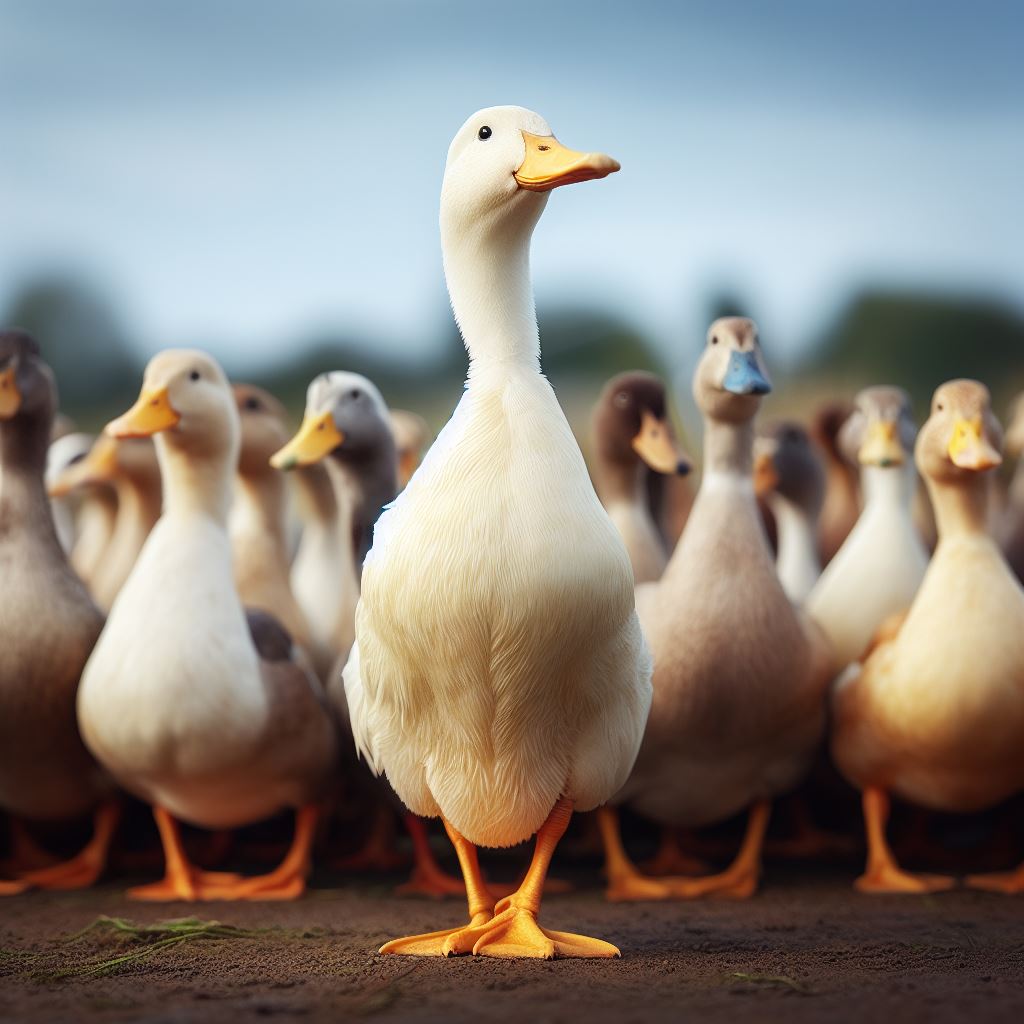 How Do Indian Runner Ducks Typically Behave?
How Do Indian Runner Ducks Typically Behave?
Duck behavior varies by breed, but Indian Runners have characteristic habits:
- Foraging – Indian Runners are very active foragers that cover more ground than typical ducks
- Running – They can run remarkably fast in comparison to other duck breeds
- Nesting – Hens nest on the ground in hidden spots near water
- Egg-laying – High productivity with 200-300 light-brown eggs per year
So while all ducks share certain duck behaviors like swimming, Indian Runners prioritize terrestrial activities like running and walking over flying.
Can Most Ducks Fly?
While not the most agile fliers, many wild and domestic ducks can achieve flight. Ducks tend to fly only short distances and may prefer walking or swimming.
Flight capability and behaviors depend on several key factors:
- Wing size – Long, broad wings provide more surface area for lift
- Body weight – Heavier ducks require more wing power to become airborne
- Health – Injuries, illnesses or poor nutrition can impact flying ability
- Age – Ducklings don’t fly until 8-10 weeks and flight muscles weaken in old age
- Weather – High winds make takeoffs more difficult. Most ducks avoid flying in heavy rain or storms.
So while ducks have the physical capacity for flight, their flying behavior tends to be limited to short bursts to escape predators, reach food/water or migrate.
Do Indian Runner Ducks Try to Fly?
So how do these general duck flight patterns apply to Indian Runners? Do these uniquely shaped, terrestrial ducks ever try to fly?
There are a few specific instances of Indian Runners attempting short flights:
- Young ducklings may flutter or jump while stretching their wings
- Startled adults can flap their wings and become briefly airborne
- High fences or barriers may trigger jumping and flapping efforts
- Strong winds can give ducks extra lift to become momentarily aloft
However, most reports indicate the ducks do NOT sustain flight and quickly return to running on the ground.
Duck age seems to be a factor, with more flight attempts noted in younger ducks whose muscles and reaction times are at their prime. Some experts theorize the duck tries to fly simply out of instinct, especially when frightened – even if their physical characteristics realistically make flight impossible.
Why Aren’t Indian Runner Ducks Well-Suited for Sustained Flight?
Several unique attributes of Indian Runner ducks explain why they’re primarily grounded birds:
Wing Size
Wing size impacts lift and flight capabilities. Indian Runners have unusually small wings relative to their long streamlined bodies. When extended, their wings measure up to 20 inches tip-to-tip.
By comparison, the wider breeds of Pekin or Rouen ducks have wingspans of up to 30 inches. The longer, broader wings of these heavier ducks provide enough surface area to get them temporarily airborne when needed.
So the small wings of Indian Runners relative to their weight simply don’t provide enough lift for flight beyond a short-lived hop or jump.
Body Weight and Shape
Physical attributes are another constraint. Long, lean and light-weight, Indian Runners have the ideal body shape for running but not flying.
Their narrow streamlined bodies don’t provide enough surface area to generate adequate lift. And they lack the heavier chest muscles other duck breeds use to power wing strokes strong enough for flight.
Selective Breeding
Centuries of selective breeding have enhanced Indian Runners for productivity, egg laying, and rapid long-distance running – but not for flight capacity. Specific breeding goals include:
- Egg production – Focus on high egg yields
- Growth rate – Quick maturation supports egg production timeline
- Disease resistance – Important in tropical climates
- Lightweight – Enables high-speed running
So through selective breeding emphasis on terrestrial survival and food production vs aerial skill, the modern Indian Runner has become a very specialized duck – superbly adapted for its running and egg laying niche vs needing any real flight ability.
Effects of Domestication
In their ancestral wild form as Anas platyrhynchos domesticus, Indian Runner ducks may have exhibited more regular short flight behaviors. But centuries spent adapting to docile enclosed captivity while humans tended to their basic needs could have dampened their instincts for even minimal flight.
Most livestock like poultry undergo some similar effects from the domestication process over time. Protecting ducks from aerial predators while supplying food and nesting areas reduces environmental pressures requiring flight capability. So ducks bred in captivity generation after generation may gradually lose both physical capacity and behavioral impulse for flight.
Practical Implications for Duck Owners
What does this mean for anyone considering adding some Indian Runners to their farm or backyard duck flock?
First, their flight limitations make Indian Runners good candidates for free-range grazing if there is a sufficiently fenced-in area available, since owners need not worry about them straying too far or escaping over barriers. A small wading pool ensures they have water access without needing much swim space.
Secondly, Indian Runners form close social bonds. Owners should plan to raise or acquire at least two ducks together since isolation causes stress in herd-oriented waterfowl.
Finally, safely enclosed duck housing is essential to protect them from nocturnal predators like foxes, coyotes or raccoons since flight at night would be their only means of escape – which they lack.
So factoring in extra safety considerations due to their inability to fly allows Indian Runners to thrive under human care. Their endearing appearance and exceptional laying productivity have earned them global popularity as unique, low-maintenance backyard ducks.
Conclusion
In summary, can Indian Runner ducks fly? While amazingly suited for other activities like long-distance terrestrial running and prolific egg production in their niche domestic role, sustained flight is simply not realistic for these uniquely specialized ducks.
Though they may still make brief instinctive attempts at flight when startled or in high winds, their physical lack of wing power and lift prevents achieving more than a short harried hop before they return earthbound.
So anyone captivated by their distinctive penguin-like profile and talents need not worry about containing their Indian Runners within properly fenced spaces – they’ll be content to stick close to the ground while wowing their owners with their impressive running and laying abilities.
Welcome. I’m Adreena Shanum, the proud owner of this website, and I am incredibly passionate about animals, especially poultry. I founded adreenapets.com as a labor of love, stemming from my desire to share my knowledge and experiences with poultry enthusiasts worldwide.

